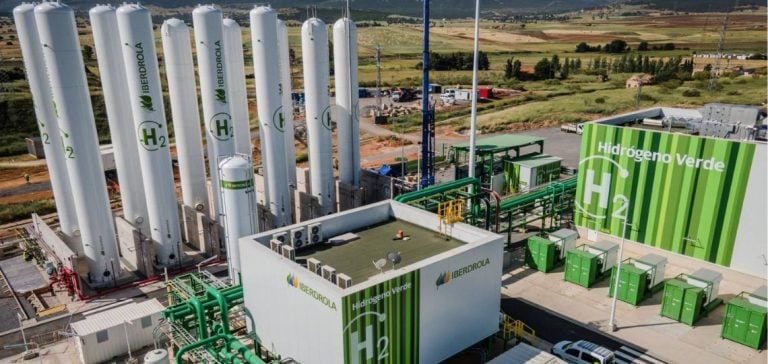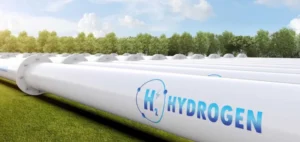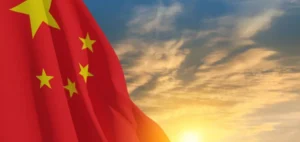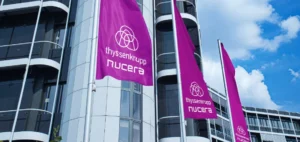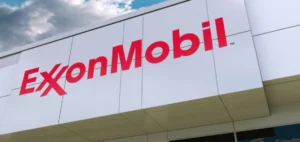Spain is positioning itself as a leader in Europe’s green hydrogen sector, capitalizing on its renewable energy production capacity, thanks mainly to wind and solar power.
Currently, over 50% of the electricity produced in the country comes from renewable sources, creating a favorable environment for the expansion of decarbonated hydrogen.
According to research carried out by Rystad Energy, Spain could reach an installed electrolyser capacity of around 5 GW by 2030.
However, to reach its ambitious target of 11 GW, the country will need increased support from its subsidy programs.
Spain’s optimal conditions for renewable energy production, combined with favorable policies, make it one of the most competitive regions for green hydrogen production.
Although the global hydrogen market has yet to live up to investors’ expectations, with only a handful of projects in operation, the future looks bright.
Forecasts indicate that Spain could significantly increase its green hydrogen production by 2030, with most projects considered low-risk and on track for rapid commissioning, thanks to strong government support.
Financing and support initiatives
The European Hydrogen Bank (EHB) has highlighted the benefits of the hydrogen sector in Spain, awarding grants to three major initiatives in a pilot auction that attracted 130 bids from European countries, including 46 from Spain.
This EHB support is backed up by a substantial €794 million state aid package to support hydrogen-related infrastructure, including large-scale electrolyzers and transport networks.
In addition, the Spanish government recently announced a €2.3 billion subsidy program, of which €1.2 billion will be dedicated to the development of renewable hydrogen hubs.
Minh Khoi Le, head of hydrogen research at Rystad Energy, points out that “Spain could focus on net export, particularly to Germany, which is facing challenges due to less favorable conditions for renewable energies.”
This strategy could not only benefit Spain, but also position it as a key player in the regional hydrogen landscape.
Spanish projects in the running
In the EHB pilot auction, bids ranged from 0.37 to 0.48 euros per kilogram of renewable hydrogen.
Successful projects received subsidies ranging from 8 million to 245 million euros, furthering the ecological objectives of each participating country.
Among the Spanish projects, DH2 Energy’s Hysencia project, with 35 MW of electrolysis capacity, proposed a price of 0.48 euros per kilogram for 17,000 tonnes of hydrogen over 10 years, requesting 8.1 million euros in funding.
Another project, El Alamillo H2 by Benbros Energy, has a capacity of 60 MW and has proposed a price of 0.38 euros per kilogram, with a funding request of around 24.6 million euros for 65,000 tonnes of hydrogen over 10 years.
Finally, Renato PtX’s Catalina project, with an electrolysis capacity of 500 MW, proposed a price of 0.48 euros per kilogram for 480,000 tons of hydrogen over a 10-year period, with an estimated production cost of 4.61 euros per kilogram.
Financing requirements and future prospects
On a national level, Spain’s Ministry of Ecological Transition has unveiled a €1.2 billion funding initiative for large-scale green hydrogen projects, financed entirely by the Recovery and Resilience Mechanism.
Scheduled for launch in the last quarter of 2024, the program aims to develop green hydrogen valleys or clusters, promoting the large-scale production and use of electrolytic hydrogen and its derivatives.
To be eligible for funding, applicants must commit to purchasing at least 60% of their hydrogen production, have a minimum installed capacity of 100 MW and guarantee that the hydrogen is produced from renewable sources.
They must also meet additional criteria, such as job creation, gender equality, socio-economic development and emissions reduction.
Projects can cover several sites within 100 kilometers of each other, and can receive up to 400 million euros each.
Building on its strengths in renewable energy and government support, Spain is positioning itself to become a major player in the European hydrogen market.
Current initiatives and projects in development could transform the country’s energy landscape, while meeting the growing need for regional decarbonization.


